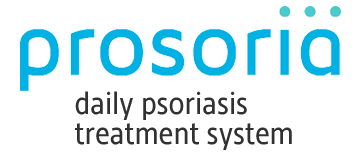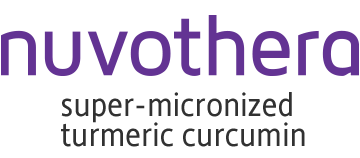Guttate Psoriasis Symptoms
06 Feb 19

An estimated 8 million Americans have psoriasis, making it the most prevalent autoimmune disorder in the country. It comes in a variety of forms that are unique in how they look and their effects on your overall health and quality of life. Guttate psoriasis, which is the second most common form of psoriasis, has slightly different symptoms from other forms. Let’s take a closer look at the most common signs and symptoms of guttate psoriasis.
What is Psoriasis?
Psoriasis is an autoimmune disorder characterized by a sudden speed up in the lifecycle of your skin cells. This results in dry, scaly patches of skin that are often itchy, inflamed, and uncomfortable. These patches, often referred to as plaques, can appear anywhere on the skin, though they are more common on the knees, elbow, and scalp.
What is Guttate Psoriasis?
Guttate psoriasis is the second most common type of psoriasis after plaque psoriasis. Guttate psoriasis more often starts in childhood or young adulthood and often follows a bacterial infection such as strep throat . About 10 percent of all people who have psoriasis develop guttate psoriasis. People can just have guttate psoriasis alone or they may have more than one type of psoriasis at a time which could include as plaque, guttate or inverse psoriasis.
Guttate Psoriasis Symptoms and Signs
Much like all other forms of psoriasis, guttate involves the formation of lesions on your skin. However, plaque psoriasis lesions are often thick, raised, and large. Guttate psoriasis lesions are small and red and more plentiful, often numbering in the hundreds. Guttate actually comes from the Latin word for “drop.” Here it refers to the small, red, water droplet-shaped lesions. These lesions most often appear on the trunk, arms, and legs, though they can appear on the scalp, face, and ears. Lesions can be dry to the point of cracking and bleeding. The lesions can also be intensely itchy.
Guttate psoriasis can precede or even coexist with other types of psoriasis. You may experience general soreness or a burning sensation in your lesions. Psoriasis may also result in nails appearing pitted, ridged, or deformed, possibly even raising from the nail bed. An estimated 30 percent of people with psoriasis will also eventually develop psoriatic arthritis, which results in stiff, swollen joints.
Symptoms of guttate psoriasis tend to act in cycles. You may get a flare-up of lesions lasting a few weeks or months before it subsides or goes into remission for a longer period of time. The severity of the symptoms can also vary from person to person.
Treatment for Guttate Psoriasis
The bad news is that there currently is no cure for psoriasis. The good news is that guttate psoriasis tends to go away after about two to three weeks on average, and treatments are available that are designed to ease or reduce symptoms and ensure your general comfort.
Topical treatments, which includes over-the-counter creams and gels, tend to be the first line of defense for guttate psoriasis treatment. Most topical creams for treating psoriasis contain coal tar or salicylic acid. Salicylic acid can help your skin shed excess dead skin cells while softening existing scales. Coal tar can also help shed skin cells while slowing down the growth of new skin cells. For mild cases, topicals may be enough to reduce guttate psoriasis symptoms significantly. However, the main issue with topical creams, specifically for guttate psoriasis, is that applying them to multiple small lesions all over the body can be tedious.
Along with topical creams, your doctor may recommend phototherapy, which comprises the use of controlled exposure to UV light to slow down skin cell growth. Phototherapy comes in various forms and is usually performed in the doctor’s office.
Systemic medication, which refers to prescription drugs taken orally or injected, are usually only reserved for more severe cases where guttate psoriasis has been unresponsive to other forms of medication. Systemic medication is highly effective. A short course is often enough to quickly and thoroughly clear up lesions and symptoms. However, these medications often come with severe side effects, hence why their use should be limited.
Identifying the symptoms is the first part of a proper diagnosis. Once you recognize the signs and symptoms, you can consult your doctor and begin the steps toward treatment.
Sources:
- https://www.psoriasis.org/content/statistics
- https://www.mayoclinic.org/diseases-conditions/psoriasis/symptoms-causes/syc-20355840
- https://www.psoriasis.org/about-psoriasis/types/guttate
- https://www.healthline.com/health/psoriasis-guttate

